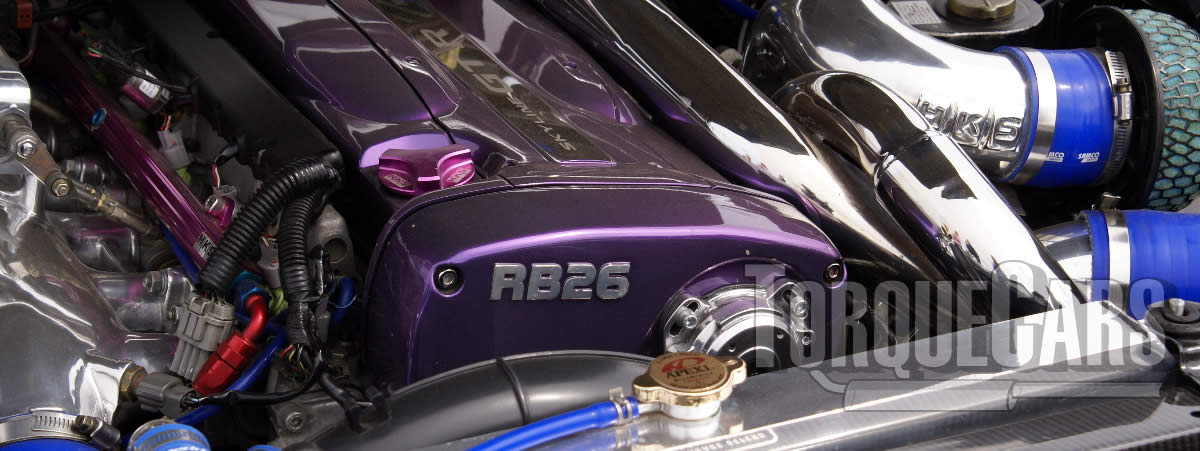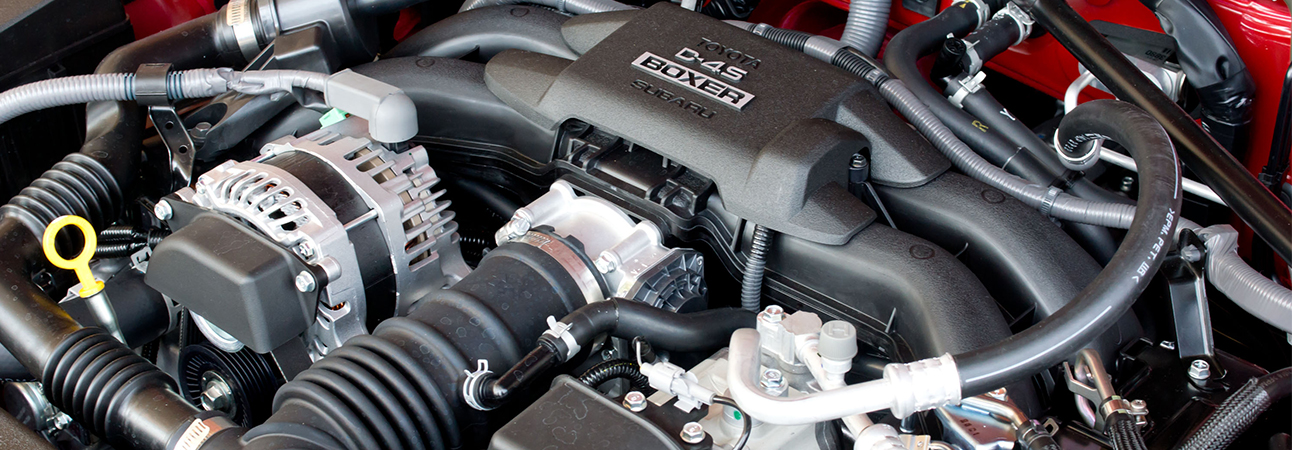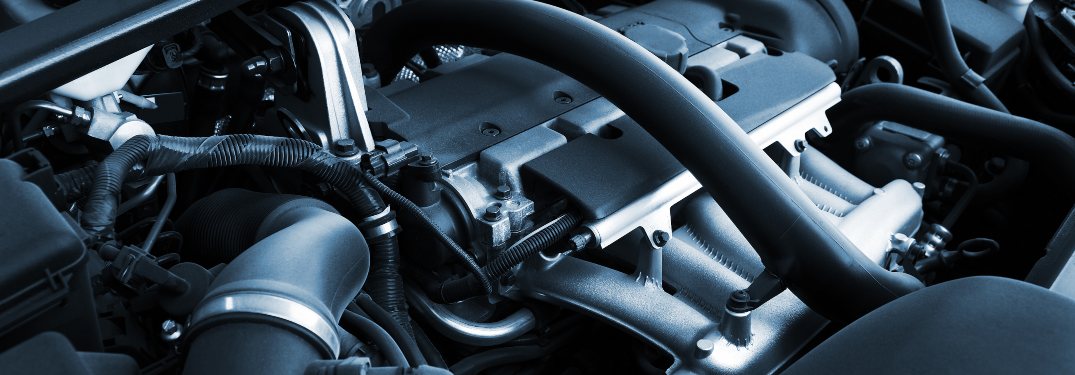
You may hear a lot of "engine damaging behaviors" before. Only some of them are true. It is obvious that cars are essential tools, so we should know them well. Furthermore, we want to expand the engine's service life. Let's talk about some behaviors that "really hurt the engine".
1. Rapid acceleration just after starting
The lower the temperature, the bad oil works. Furthermore, most of the oil flows back into the oil pan after the car has been parked for a while. As a result, the initial cold start lubrication may not be smooth. It isn't nice for the engine to work too fast at this time.
But what horse power is appropriate? It depends. The engine characteristics vary from vehicle to vehicle, and oil that goes into service in different regions doesn't have the same viscosity.
In my experience, the oil flows well in the summer. It is okay for self-priming engines to go up to 3000 rpm. In winter, it depends on the temperature. Keeping the engine below 2500 rpm in sub-zero days should be no problem.
In some cold regions, the temperature can reach dozens of degrees below zero. Oil can't perform well. In this case, I recommend that you warm up the car in place and do not step on the accelerator recklessly.
The lubrication of the supercharger is vital to the turbocharged engine. The supercharger is far from the engine, and the lubrication is floating. The oil pressure is established a little bit slow. Rapid acceleration just after starting is not good for the supercharger.
The oil circulation is similar to that of a self-priming engine. Generally, as long as the weather is not extremely cold, half a minute should be enough for the oil to circulate into place.
2. Random refuelling
Many car owners fill up at small petrol stations. There are good and bad fuels mixed together. Petrol is a very complex mixture. It is not as pure as water, so judging its quality by the senses is difficult. And some engines are not that fussy, so they may not have any problems for a while after filling up with poor quality fuel. However, it is a potential risk in the future.

I once worked in a garage. I met a car that had severe carbon deposits. The symptom in the intake valve was terrible. Usually, the color of carbon deposits is black, but this engine had white, black, and blue deposits. The truth is that the owner often refueled at a small private petrol station because it was cheap.
Of course, if you run out of fuel on the road, it's not a bad idea to fill up once or twice, but it's best not to go to a station that you don't know every day to save money.
3. Clean injectors with engine running
A few years ago, when I went to have my car serviced, I saw a car having its injectors cleaned, and the way it was done was terrible. The fuel pipe was removed, and a high-pressure bottle was connected to the fuel rail. It was filled with the cleaning agent.
Then the engine was started, and the mechanic stepped on the accelerator. Along with the engine's roar, there was a lot of white smoke coming out of the exhaust pipe.
I went over and looked at the cleaner packaging. It was not the original or factory specified but smelled like carburetor cleaner from an unknown local company.
This method only cleans the inside of the injectors, not the carbon deposits on the nozzles. The cleaning agent of the unknown composition directly enters the engine. This is dangerous.
We don't know how much cleaner we should use. The detergent is extremely soluble, and if you spray too much, it damages the oil film of the cylinder wall. The combustion products will damage the oxygen sensor and the three-way catalytic converter.
All in all, the most reliable and effective way to clean injectors is to take them off and wash them carefully, rather than trying too "advanced" methods.
4. No thermostat
Not installing a thermostat can cause the water temperature to be low. The ECU will issue the order that injects more fuel in this situation. It not only costs fuel but also leads to incomplete combustion and emission.

5. Disregard for oil filter maintenance
Experts recommend an oil change every 5000 km. Or, you can use high-quality oil and change it every 10000 km. This is not a big problem. However, you should choose a better oil filter. Some car owners buy good engine oil but terrible oil filter. That is no good for the engine.
6. Rush through puddles
We loved to play with water when we were kids. Some drivers now still run into the puddle when they drive. They step on the accelerator to splash the water. If the puddle is not too deep, it's OK. Otherwise, there is a risk of damaging the engine.
For example, if the water pushed up by the front end floods the air intake and causes water to enter the engine. Impurities in the water will enter the belt bearings and other parts.
I experienced an incident where it rained heavily last night. And the next day, the car owner drove. The next day, the driver took the car out to do some work and called me a short while later to say that the engine was hot.
I went to check it, and the engine belt broke. In fact, the driver just drove through a puddle, and the speed was a little bit high. The engine made noises, and the battery light also stayed on. He did not care at first and drove for a while before the high temperature.
The truth was later found out, the mud and water splashed into the generator when crossing the puddle, sands and other things caught the generator.
Then the belt slipped until it was completely worn off. After the belt broke, the engine water pump did not work, and the water temperature soon increased.

7. Flush engine with high-pressure water
We should clean the engine in the right way. It is not advisable to spray directly with a water gun. There is a high chance of damaging the engine. With so many sensors, plugs and wire boxes on the engine, who knows which one will get water in it.
If you want to clean the engine, you can wipe it down with a damp towel. However, it's best not just to pinch the hose and sweep it up. If the engine is really too dirty, and you have to use water, you should also be careful to avoid critical parts.
8. No spark plug replacement
Spark plugs are not really very complex parts, but they do need to be replaced, it's just a matter of time. The main aging cause of spark plug is the increase in gap caused by electrode consumption, making it more difficult for the spark plug to produce an electric arc.
It increases the burden on the ignition coil. Over time, this can lead to damage to the ignition coil and cause defective cylinders.
9. Ignore engine fault light
The engine fault light indicates problems with the emission control system. There are not many obvious fault in many cases, so some car owners just ignore it and drive as usual.
In fact, when the engine fault light stays on, some engine parameters are abnormal. Systems of the air intake, fuel injection and combustion are all possible to get involved. Maybe the air-fuel mixture is rich, or maybe the cylinder misfires.

If you ignore issues for a long time, it will likely lead to higher fuel consumption. The exhaust gas may not meet the standards, and carbon deposits accumulate.
If the misfire is terrible, a large amount of unburned petrol in the cylinder will dilute the oil on the cylinder walls, leading to a lubrication failure and engine block wear. This is why the engine fault light must be checked, and the failure must be repaired in time.
These are a few common behaviors that are likely to have negative impacts on the engine. Many car owners will make these mistakes every day. We talk about these things to make our cars work smoothly.
 Lauritz Carolsfeld
Lauritz Carolsfeld  December 27, 2021
December 27, 2021